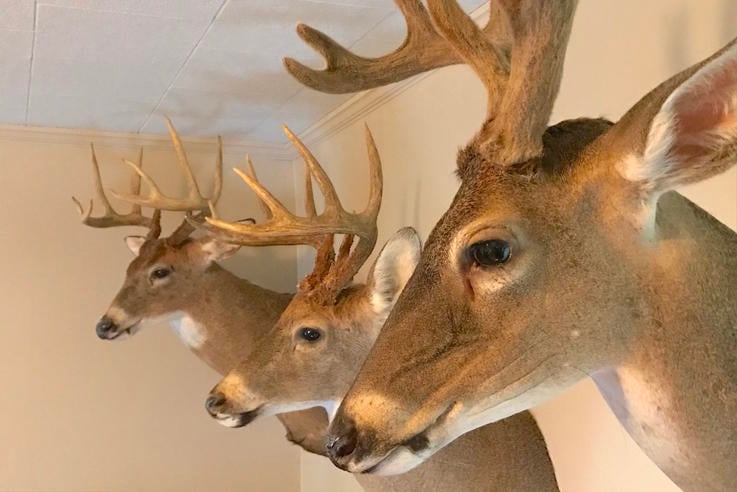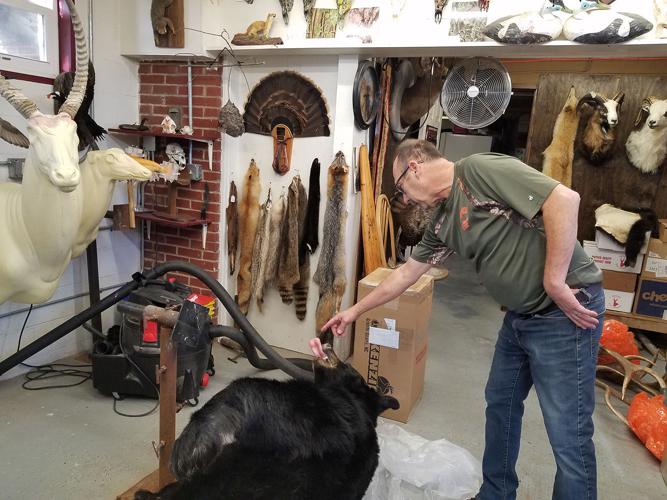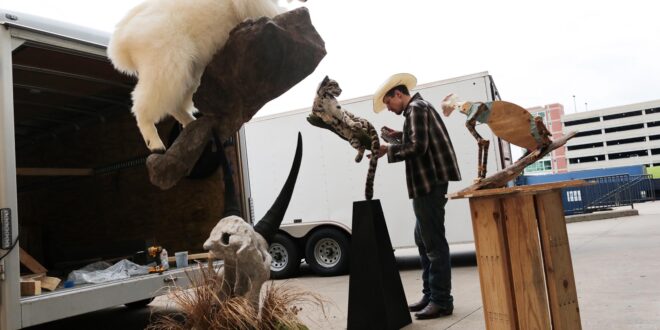While everyone appreciates a good bargain, the adage “you get what you pay for” rings true more often than not. Everyone can relate to the wisdom of that ancient proverb, and it holds especially true in the field of taxidermy.
The activity of hunting is costly in and of itself, and if you want a truly impressive trophy to remember your adventures by, the price can skyrocket. To aid you in finding a qualified, reasonably priced taxidermist, we have included the following five points to consider.
1. Don’t make the price your only consideration
Very low taxidermy prices can indicate either inexperience or a flawed business model that will cause significant delays in the delivery of the final product.
There are costs associated with running a taxidermy business, therefore it would be unsustainable to provide ridiculously low prices without compromising on quality.
You’re setting yourself up for disappointment if you choose a taxidermist based solely on the lowest price. Moreover, if you feel this mount is a complete failure and you want to remount it elsewhere, you may be responsible for the additional charges.
2. Get an understanding of market rates

You don’t have to rush to the most expensive option just because you’re not going to take the cheapest one. Finding the best possible quality at reasonable costs is the objective. Taxidermists’ pricing information is often made public online or upon request by phone.
3. Ask for referrals
Word-of-mouth and referrals are excellent resources. Ask your fellow trophy hunters about their experiences with taxidermists they respect.
They will likely be open to discussing the experience, including the taxidermist’s price, turnaround time, and general satisfaction level. Keep in mind that your PH is probably getting a commission for any referrals he or she makes, so treat these with caution.
4. Ask the right questions

Even while the price is usually the first thing customers want to know, you may learn a lot more about a taxidermist’s dedication to quality and approach by asking them other questions first.
You may find out if a taxidermist’s method is in line with your vision for the finished artwork by asking about their experience, scope of work, favorite projects, usual timescale, and recommendations for your mount. Don’t avoid discussing finances, but don’t make it your opening statement either.
5. Ask to see their work
Seeing a taxidermist in person in their workshop is ideal. See what they’ve accomplished and what they’re working on to get a feel for their professionalism. Look at it as a quality control measure to determine if the job seems plausible or if shortcuts have been taken.
Imagine your mount being crafted in this environment. It’s important to keep your budget in mind when finding the right taxidermist. You may need to do some digging and adapt your expectations to find a taxidermist that can work within your budget, but keeping these five factors in mind is a good place to start.
 Hi Boox Popular Magazine 2024
Hi Boox Popular Magazine 2024



